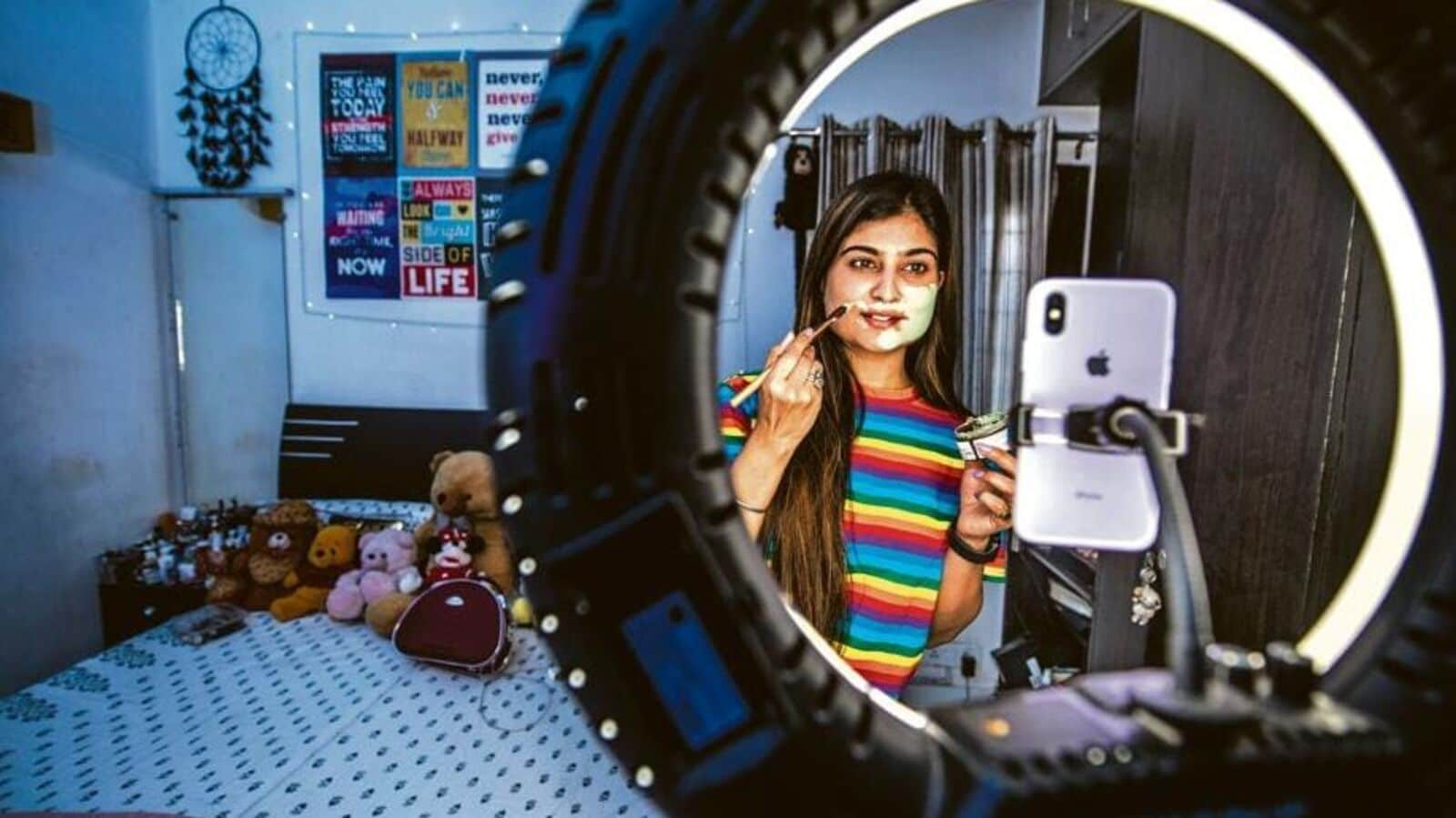
Independent content creators who have seen a spike in their earnings are flocking to financial advisers, wealth managers and chartered accountants (CAs) to avoid tax troubles and plan investments in everything from financial instruments and real estate to startups.
“The broad theme that we have learned while working on content creators’ portfolios is that the inflows at their end are slightly inconsistent,” said Sandeep Jethwani, co-founder of wealth management platform Dezerv. Dezerv, who manages money for some of the top content creators in India, did not name his clients.
Also read | Indian gaming influencers seek the stars, but it’s a tricky upward trek
India’s ₹2,344 crore influencer market is expected to reach ₹3,375 crore by 2026, growing at a compound annual growth rate of 18%, according to the ‘State of Influencer Marketing in India’ report by consulting firm EY.
The career is unpredictable, with longevity being a significant worry like most other entertainment and sports-related careers.
“Volatility in their inflows makes them concerned about their shelf life, and while they are making money, they want to save meaningfully,” said Jethwani. Most creators invest in financial assets and startups. They also buy other assets like land and property.
Shivani Kapila Tyagi (a.k.a. Littleglove), who has 17.6 million followers across social media platforms YouTube and Instagram, said risk appetite and investment trends are subjective to each influencer. “But the younger lot is likely to invest in tangible assets, while the older ones like us look more at long-term investments, including investing in other businesses and financial instruments.”
With an average monthly income of ₹4-5 lakh, depending on the advertisement cycle, Tyagi reinvests 40% of her income into further content creation. She invests about 15% in financial instruments including stocks and mutual funds.
One of the key requirements for influencers is navigating tax rules.
Under section 194R of the Income Tax Act, which took effect in July 2022, social media influencers have to pay a 10% tax deducted at source (TDS) on freebies or any other form of payment made in kind if the value of the product is above ₹20,000.
As content creation is legally viewed as a sole proprietorship, influencers with an annual turnover exceeding ₹20 lakh must also register for goods and services tax (GST) and start paying taxes from that point, said Hitesh Rupapara, a Surat-based tax consultant. His firm HJ Rupapara and Associates handles taxation for multiple Gujarat- and Maharashtra-based influencers with over a million followers.
Financial advisers also help save on tax and maximize wealth creation for influencers.
Read more | Why people buy stories financial influencers peddle
“What might be leisure for me and you, say, travel, is an expense for a travel influencer. The expenses related to the same, including the camera and the crew, have to be subtracted from their incomes while dealing with their financials to avoid taxes on the same,” said a Delhi-based senior executive of a private bank who manages influencers as clients. According to him, the average income of mega influencers easily goes above ₹10 lakh monthly, bringing them in the highest 30% tax bracket, but their lifestyle expenses reduce their taxable incomes to lower brackets.
While clueless about taxation and investments initially, some creators are making an effort to learn.
“When I crossed a certain income threshold, I was required to register for GST, which I had never done before. Plus, it was getting difficult to manage finances while creating content, so I had to hire a CA to help me,” said Isa Khan, a travel content creator with 995,000 followers on his Instagram handle @khan.isa. “I was not very well versed with financial investment options, so that also was a reason for me to approach the CA, but now I have started reading about it as I have picked up an interest in investing.”





